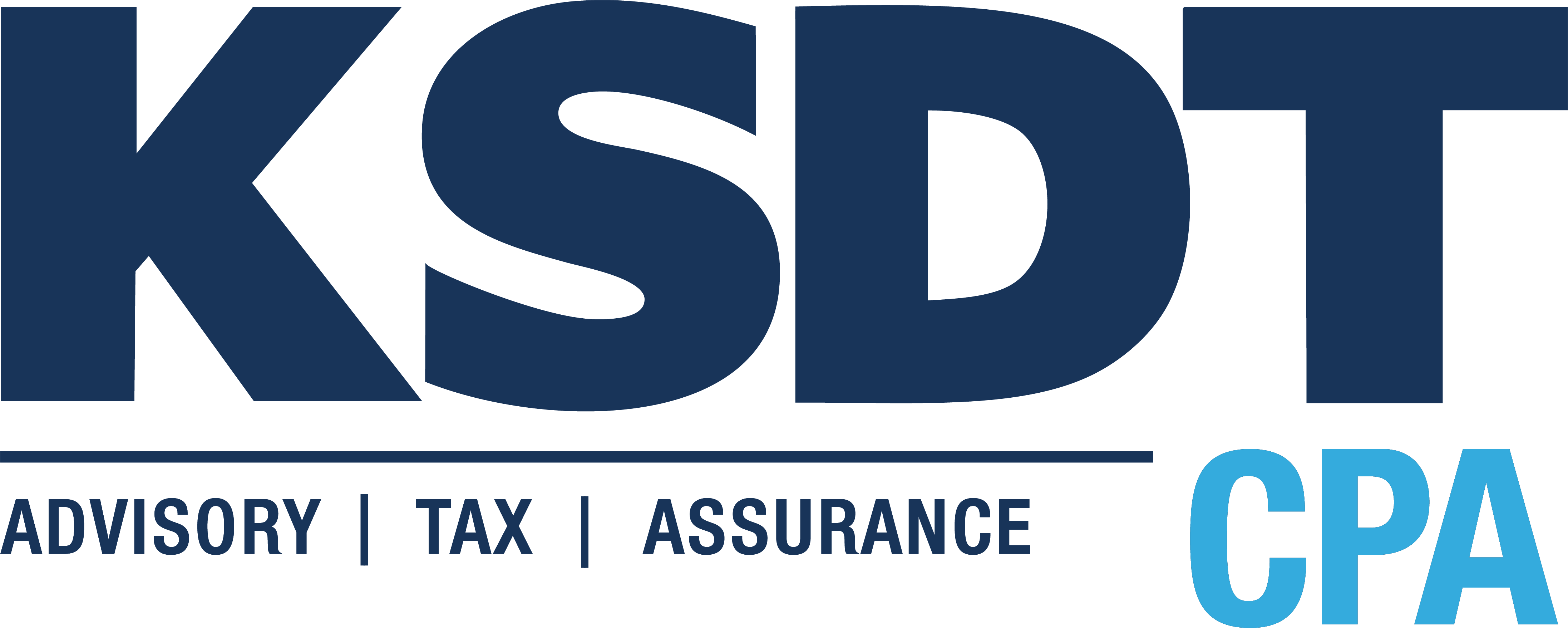[social_buttons facebook=”true” twitter=”true” linkedin=”true”]
How Can We Help?
Call or email our team today
KSDT CPA is ready to navigate the process with you. Fill out the form below and our team will contact you shortly.

In today’s rapidly evolving healthcare landscape, data has emerged as a powerful tool for executives to make informed decisions that drive better patient outcomes, operational efficiency, and financial success. Data-driven decision making (DDDM) enables healthcare executives to navigate complex challenges, identify patterns and trends, and optimize their strategies. However, for DDDM to be truly effective, it requires a careful approach to ensure data accuracy, implement risk controls, and leverage the full potential of data.
The Power of Data-Driven Decision Making
DDDM empowers healthcare executives by enabling them to base their decisions on objective insights derived from large volumes of data. Traditionally, decision making relied on gut instincts and intuition, and outdated spreadsheets, which often resulted in suboptimal outcomes. With DDDM, executives can leverage the following advantages:
1. Evidence-based decision making: By analyzing vast amounts of data, executives gain a comprehensive understanding of the healthcare landscape, allowing them to make evidence-based decisions rooted in empirical insights rather than subjective opinions.
2. Enhanced operational efficiency: Data-driven decision making enables executives to identify inefficiencies and bottlenecks within healthcare processes. By optimizing workflows and resource allocation, executives can improve operational efficiency, reduce costs, and enhance the quality of patient care.
3. Improved patient outcomes: By leveraging data, executives can identify patterns and trends that impact patient outcomes. DDDM allows for the implementation of targeted interventions, personalized treatment plans, and proactive measures that lead to better health outcomes for patients.
4. Strategic planning and forecasting: Data-driven insights facilitate strategic planning by providing executives with the ability to forecast future trends, anticipate patient needs, and adapt their healthcare services accordingly. This foresight allows executives to stay ahead of the competition and respond effectively to industry changes.
Ensuring Data Accuracy
Accurate and reliable data is the foundation of effective DDDM. To ensure data accuracy, healthcare executives must implement robust processes and methodologies:
Data Collection and Integration
· Standardization: Establish standardized data collection methods across the organization to ensure consistency and eliminate discrepancies. This includes defining data elements, formats, and data collection protocols.
· Interoperability: Promote interoperability among disparate systems and data sources. Implementing health information exchange (HIE) initiatives and utilizing standardized healthcare data formats (e.g., HL7, FHIR) enable seamless data integration, enhancing accuracy and completeness.
Data Validation and Cleansing
· Data quality checks: Regularly validate data for completeness, accuracy, consistency, and integrity. Implement automated validation routines and error detection mechanisms to identify and rectify anomalies.
· Data cleansing: Employ data cleansing techniques to remove duplicates, resolve inconsistencies, and address missing or inaccurate data. Data cleaning processes such as data profiling, entity resolution, and outlier detection contribute to improved data accuracy.
Data Governance
· Data governance framework: Establish a robust data governance framework that outlines policies, responsibilities, and accountability for data accuracy. Assign data stewards to ensure compliance and adherence to data quality standards.
· Data documentation: Maintain comprehensive documentation of data sources, definitions, and transformations. This documentation enables transparency, facilitates data lineage, and enhances data accuracy and reliability.
Implementing Risk Controls
While data-driven decision making offers immense benefits, it is crucial to implement risk controls to mitigate potential pitfalls. Leadership must consider the following factors to ensure effective risk management:
Data Security and Privacy
· Data encryption: Utilize encryption techniques to protect sensitive patient information. Implement secure protocols and access controls to ensure data confidentiality.
· Compliance with regulations: Comply with relevant data protection regulations such as the Health Insurance Portability and Accountability Act (HIPAA) to safeguard patient data. Ensure that data handling practices adhere to legal and ethical standards.
Data Bias and Fairness
· Algorithmic transparency: Scrutinize the algorithms and models used for analysis to identify potential biases. Implement fairness checks and conduct regular audits to ensure equitable outcomes and minimize bias.
· Diverse representation: Ensure that data used for analysis is representative of the diverse patient population to avoid skewed insights. Consider demographic factors to avoid perpetuating existing healthcare disparities.
Data Governance and Ethics
· Ethical guidelines: Establish ethical guidelines for data collection, analysis, and usage. Incorporate principles of beneficence, non-maleficence, autonomy, and justice to guide decision making and ensure ethical data practices.
· Ongoing monitoring: Continuously monitor data usage and decision outcomes to identify and address any ethical or governance concerns. Regularly review and update policies to reflect evolving best practices and ethical standards.
Leveraging the Full Potential of Data
To harness the full potential of data-driven decision making, executives should adopt the following strategies:
1. Invest in data infrastructure: Establish robust data management systems, including data warehouses, data lakes, and advanced analytics platforms. These infrastructure investments provide a solid foundation for effective data-driven decision making.
2. Develop data analytics capabilities: Build a team of skilled data analysts and data scientists who can extract insights from complex healthcare data. Encourage a data-driven culture within the organization by providing training and resources to enhance data literacy among staff.
3. Leverage advanced analytics techniques: Embrace advanced analytics techniques such as machine learning, predictive modeling, and natural language processing. These techniques can uncover hidden patterns, enable real-time analytics, and provide actionable insights.
4. Promote collaboration: Foster cross-functional collaboration between data analysts, clinicians, and operational teams. By integrating expertise from different domains, executives can gain comprehensive insights and drive innovation across the organization.
Data-driven decision making has the potential to transform healthcare organizations by enabling executives to make informed decisions that drive improved patient outcomes, operational efficiency, and strategic success. By ensuring data accuracy, implementing risk controls, and leveraging the full potential of data, executives can unlock the power of DDDM and navigate the complex challenges of the healthcare industry with confidence. Embracing DDDM is not only a strategic imperative but also a crucial step towards delivering better care and shaping the future of healthcare.
Kevin N. Fine, MHA, MSM leads the KSDT-CPA Advisory team. He advises companies, investment firms and executive leadership on operations, strategy, and business process improvements. Any questions, do not hesitate to contact him at: kfine@ksdt-cpa.com.


Get news from KSDT CPA in your inbox.

